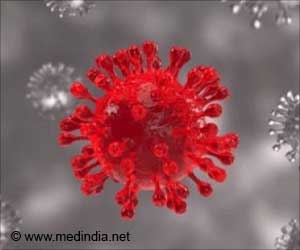In more than a dozen countries driving Covid outbreaks across the world, Omicron subvariants BA.4 and BA.5 have been detected.

TOP INSIGHT
BA.4 and BA.5 could avoid immunity induced by previous Covid infection and vaccination. Researchers from the Africa Health Research Institute in South Africa could signal a fresh wave of infections by the BA.4 and BA.5.
She noted that the WHO is monitoring BA.4 and BA.5 to determine if they will eventually overtake BA.2 as the dominant strain worldwide.
"We don’t know how this variant will behave, how these sub-variants will behave in other countries with a dominant wave of BA.2," Van Kerhkove said. "This is what remains to be seen."
Omicron Subvariants
Last week, the U.K. Health Security Agency report showed that South Africa reported the highest — 395 cases of BA.4 and 134 cases of BA.5 as of May 6.Other countries that detected the variants include Austria, the U.K., the U.S., and Denmark. The report said that Belgium, Israel, Germany, Italy, Canada, France, the Netherlands, Australia, Botswana, Portugal, Hong Kong, Norway, Pakistan, Spain, and Switzerland had reported the variants.
Van Kerkhove also mentioned that another Omicron subvariant called BA.2.12.1 was detected in 23 countries. She said that there are more than 9,000 reported sequences of the subvariant, most of which had originated from the U.S., the report said. BA.2.12.1 made up about 42.6 percent of all new cases in the U.S. during the week that ended on May 7, according to data from the Centres for Disease Control and Prevention.
She urged governments worldwide to closely monitor BA.2.12.1, BA.4, BA.5, and other sub-variants that could emerge, emphasizing the need to maintain Covid testing and sequencing.
Source-IANS
 MEDINDIA
MEDINDIA



 Email
Email




